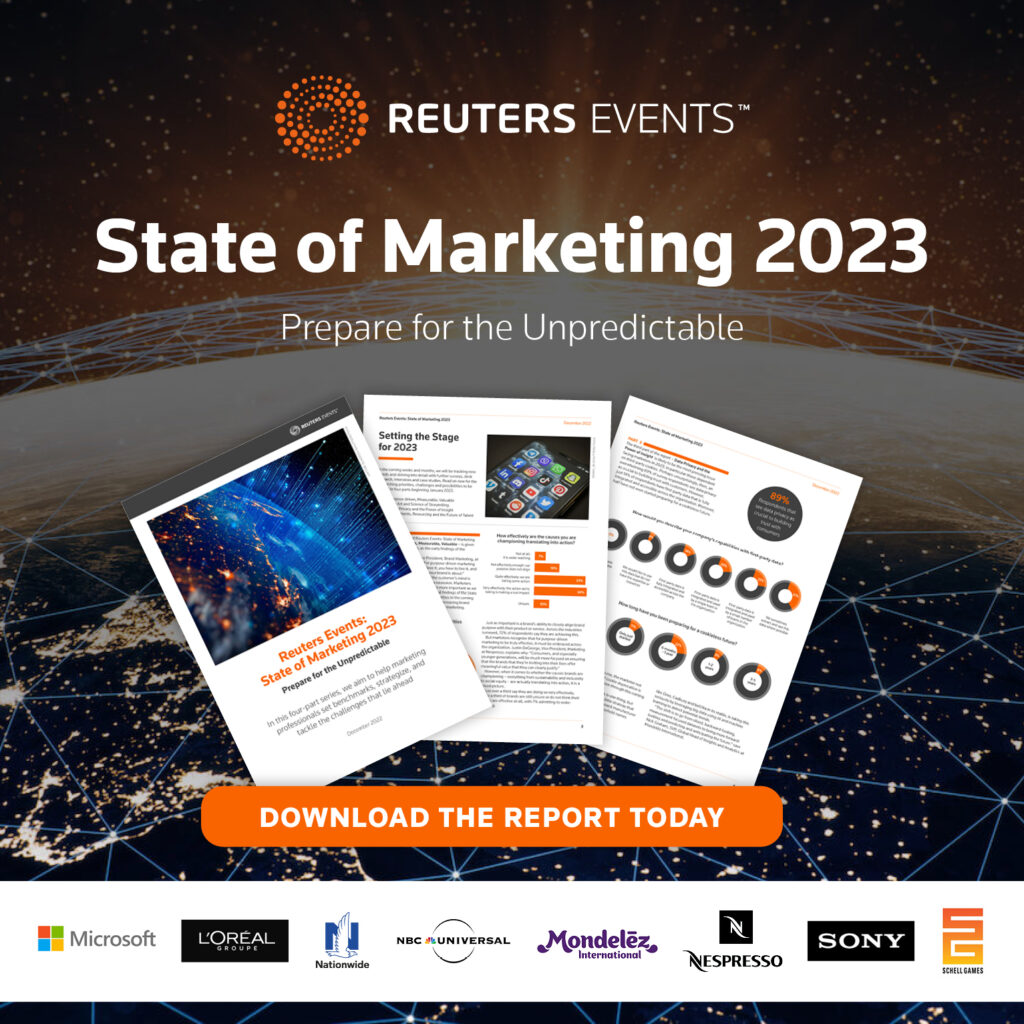Is your CDP real-time?
February 2, 2023Not all CDPs are created equal. Nuances in a vendor’s capabilities will impact your ability to realize marketing use cases. The best example of this is their proficiency in supporting real-time capabilities.
Marketers want to be timely and relevant and have the proper context to communicate and engage with their customers. To do this, they say they need real-time data.
Do all use cases need real-time data? Honestly, it depends. Some use cases require it, others do not. For instance, when activating an abandoned cart campaign, we may want to send an email 1 hour after the abandonment and not within 200ms of it happening. Updating the data on the hour may be sufficient for some retailers, but not others. A 24hr delay is unacceptable for marketers.
Here are two additional examples of data not being updated in “real-time.” I like to see my Southwest points updated as soon as I land, but it takes about an hour. On the other hand, Hyatt can take up to 24 hours to update my points after I check out their room.
In client meetings, I often argue that when campaigns are triggered or activated, you want the data they are based on to be as up-to-date as possible. For instance, you want to avoid sending someone a promotional email for an item they bought 2 minutes ago. Or you want to send people to a Facebook campaign or Hulu Ad only if they still meet the criteria for that campaign; there can be a cost saving here.
When a CDP vendor says they support real-time capabilities, what do they mean? Let’s dig into this topic to help you understand how to ask more specific questions of your vendors.
The real-time cake
There are five levels of real-time capabilities that you need to be aware of:
- Ingestion
- Processing
- Access
- Audiences
- Activation
Picture these categories forming layers of a cake. Each layer is dependent on the previous layer. If the previous layer is not supported or constructed correctly, then that can compromise the effectiveness or stability of the next layer.
Ingestion
Can your vendor receive data from a data source in real time? Can it have data streamed to it from another data source? Behavioral data from a website or app engagement is the best example of a data source that Marketeers usually want to be streamed into the CDP. Some vendors ingest or even accept the data being streamed to them, but they don’t necessarily process it in real -time. That’s why the next category is essential.
Processing
Can the CDP process the data in real time? Can it load the data source and make it available on the updated customer profile in real time? Real-time processing means it can load the data and have it available on the updated customer profile within 200 milliseconds.
Access
Does your CDP allow another platform to request data from the customer profile using an API request? For example, another platform, such as a Call Center, wants to know when the customer last filed a complaint or made a purchase. A large majority, if not all, of CDPs support this capability.
When you consider this layer and the CDP’s ability to support the other two layers things get interesting. Imagine that a CDP does not support one or both of the first two layers, but does support this third one. What are the implications of that? This means that the customer profile can be shared in real time with the Call Center, but the data about the customer is not up to date. In essence, you are sharing data in real time that is aged.
Audiences
All CDPs give you the ability to create an audience or segment. Audiences are made up of rules that define the circumstances when a customer should be in an audience or not. How often does your CDP run these rules? Some CDPs run these rules in real time, meaning customers are added to audiences or removed from them within 200 milliseconds of their customer profile being updated. Other CDPs update their audiences on demand or hourly.
Activation
The final layer of the cake is activating the audiences to marketing channels in real time. Can your CDP do this? Imagine that a customer joins or leaves an audience. How long will it take for that customer to be added or removed from the audience of a social media campaign? e.g. Snapchat or Facebook. If your CDP does not support real-time audiences (previous layer) it probably will not support real-time activation of those audiences. When your vendor uses SFTP to transfer files or audiences, then, it does not support real-time activation.
How important are these real-time capabilities?
The answer is “it depends.” The importance of a vendor’s ability to support these real-time capabilities depends on your use cases. Not all use cases need these real-time capabilities. You really need to challenge yourselves to ensure you are being very clear and honest with yourself on which ones do and do not need it.
A final note on Composable CDP’s and Reverse ETL tools
Composable CDP’s and reverse ETL tools tend to want Cloud Data Warehouses (CDW) to be the primary source of data. Thus, these two tools are dependent on the CDWs being designed to handle the first two layers of the cake, ingestion and processing. For the Marketeers, it may mean that their Composable CDP’s and reverse ETL tools support the last three layers of the cake, but the question is do they need the DW to have supported the first two layers?
We can help you decipher your use cases and needs
Navigating the intricacies of use cases and capabilities can be a complex task. With us by your side, we will simplify the complex and ensure that you fully recognize and understand your real-time needs. We will help you conduct a rigorous evaluation and selection process to ensure you pick the right platform for your business.
Please reach out to us for a free 30 minute consultation to discuss your situation.


